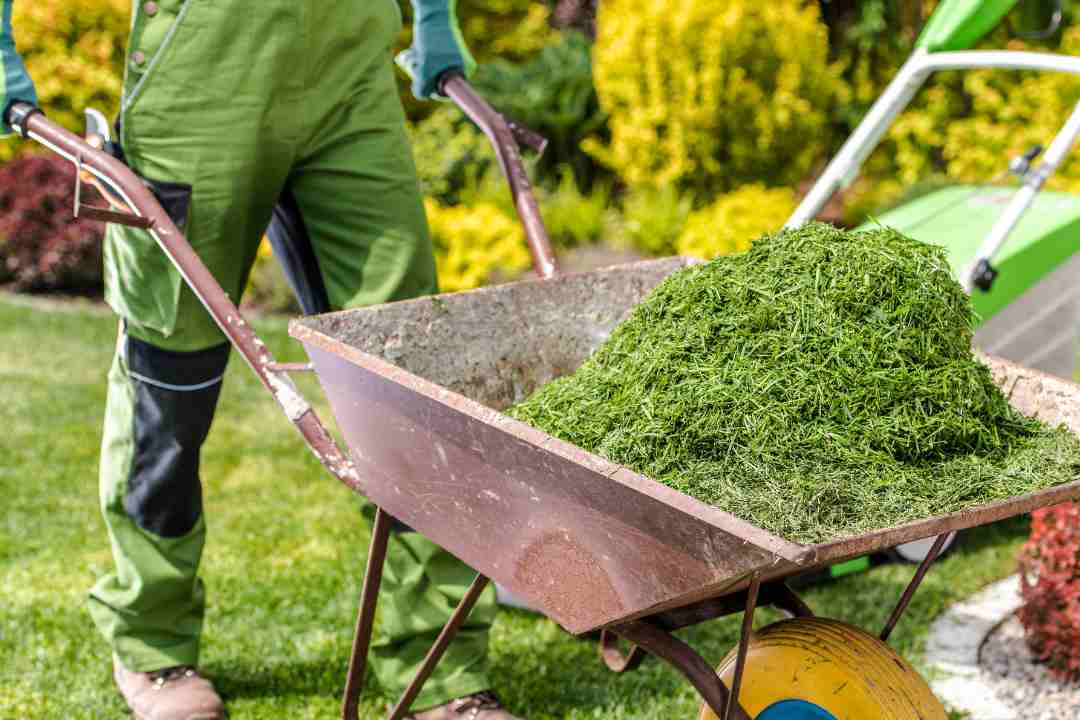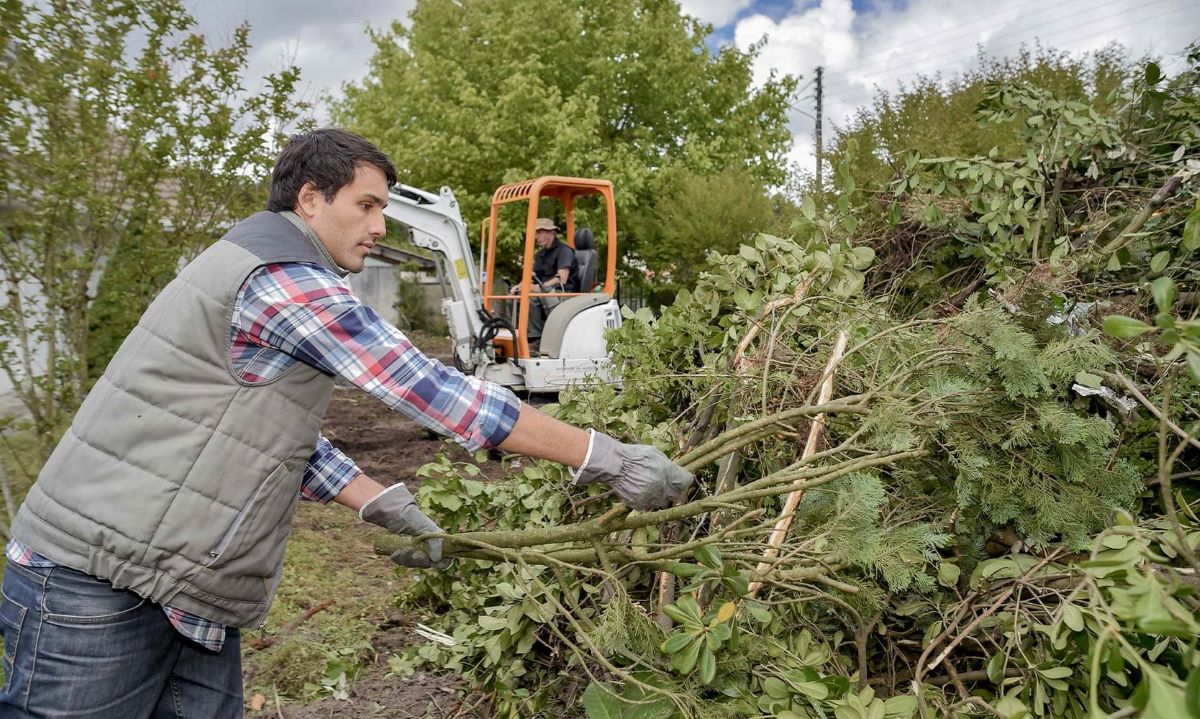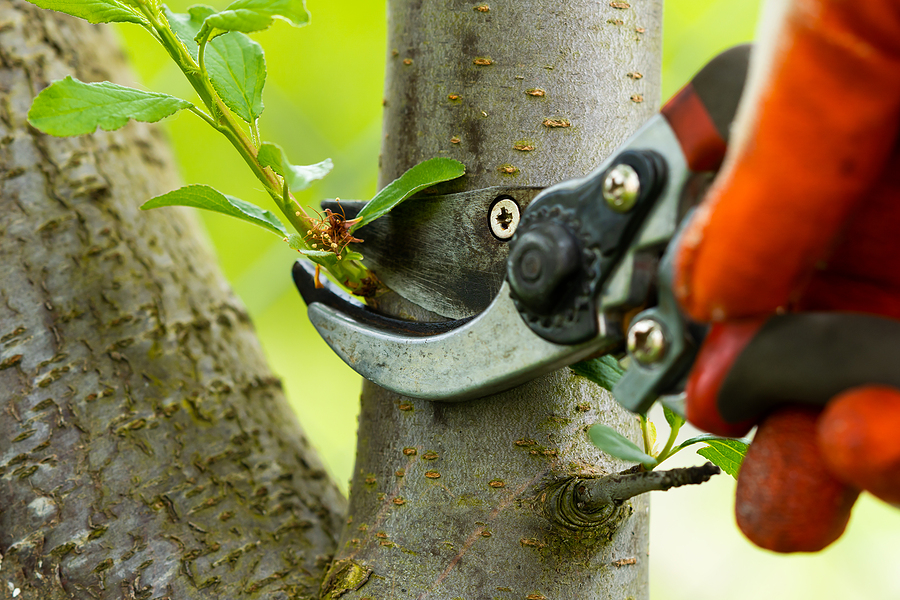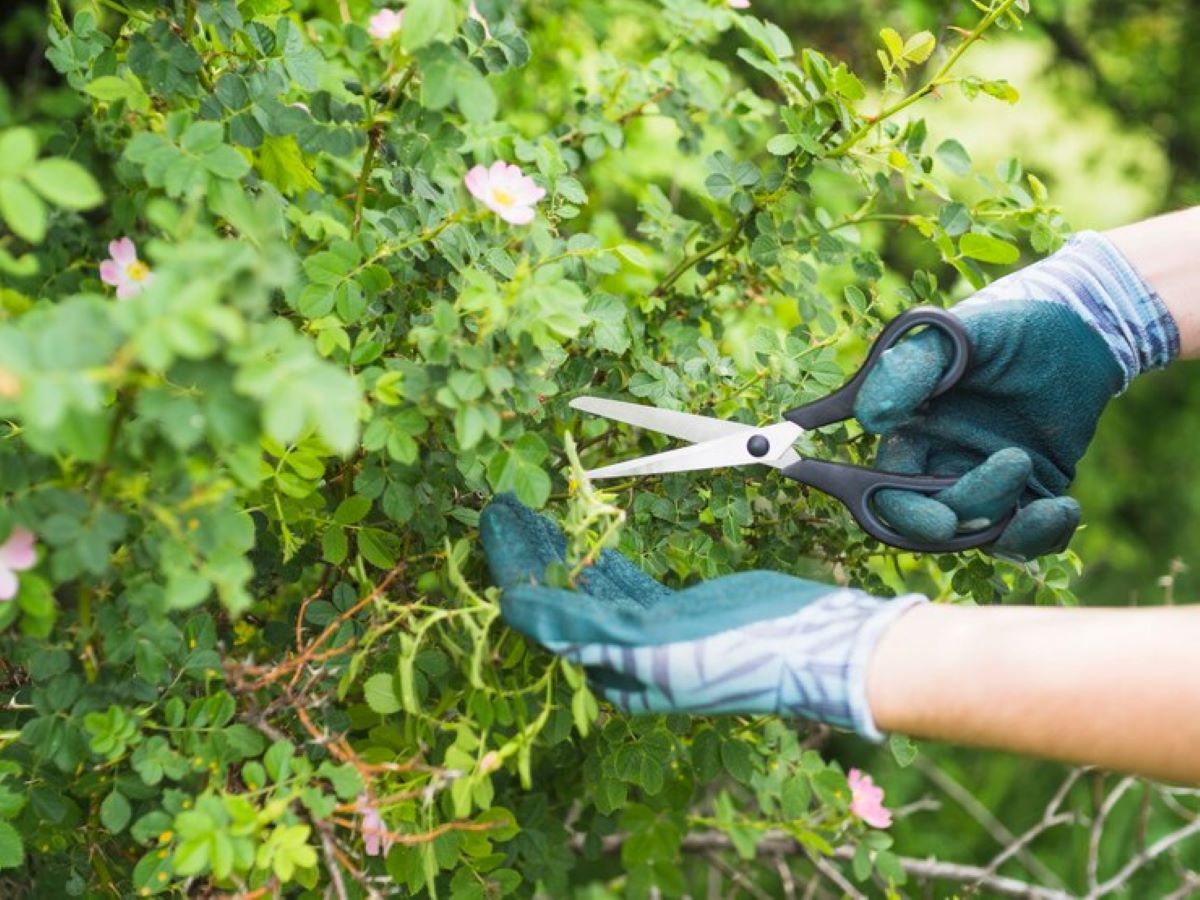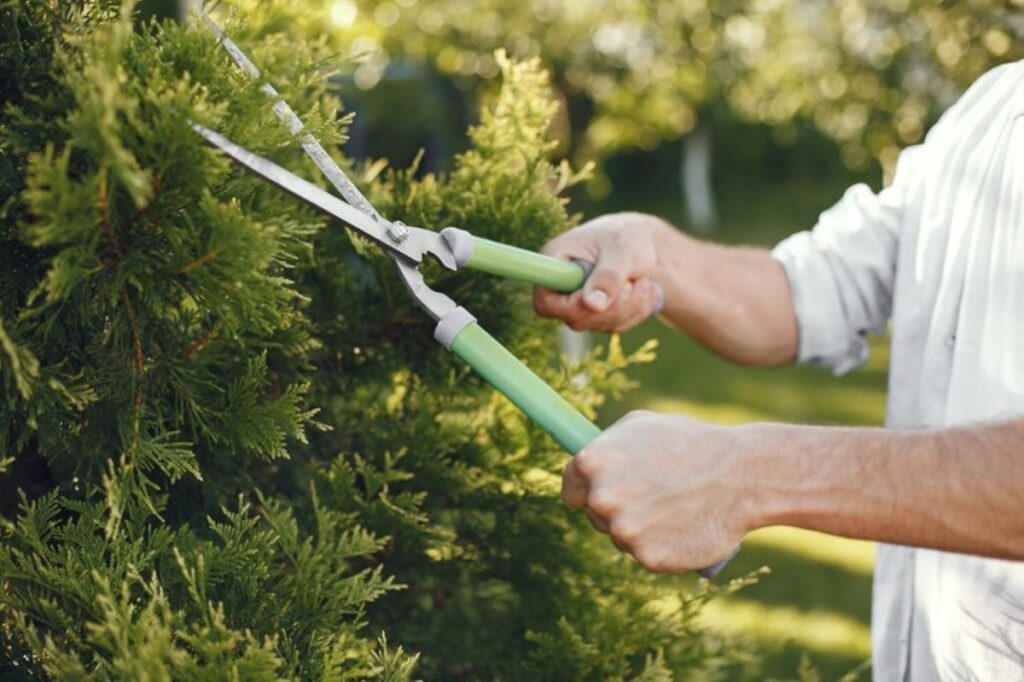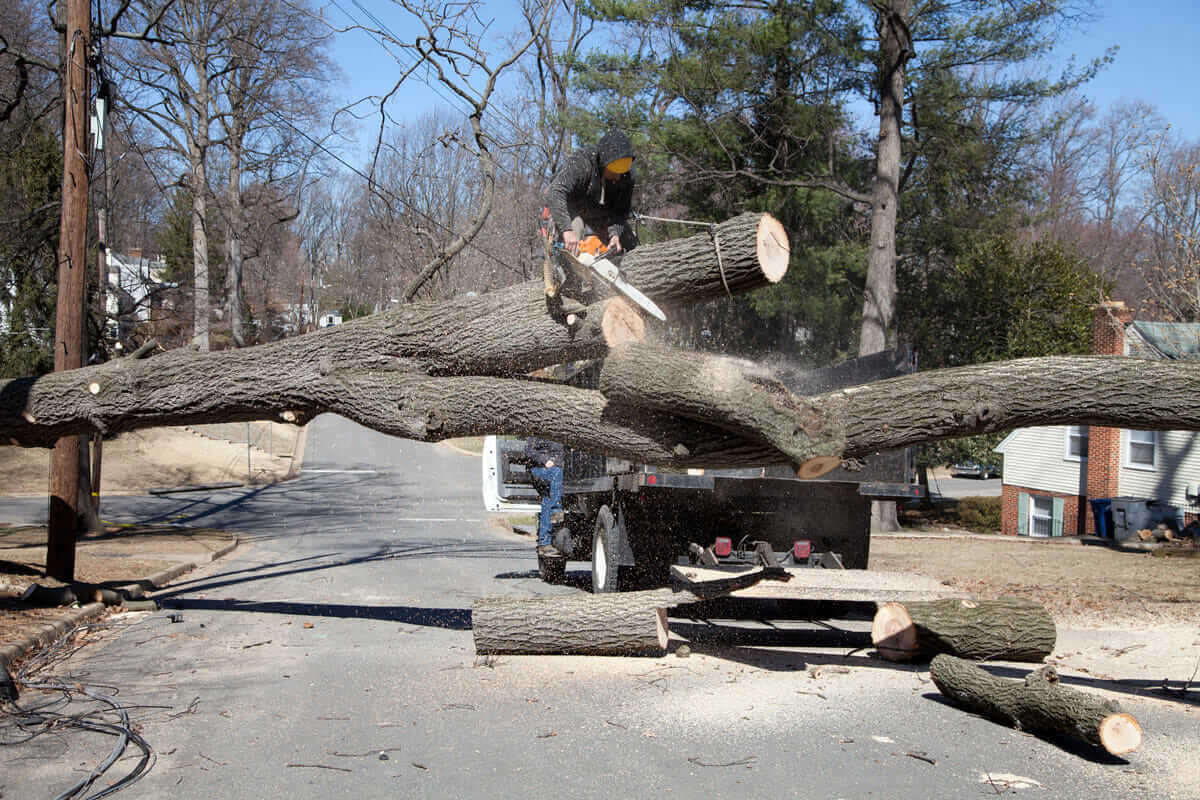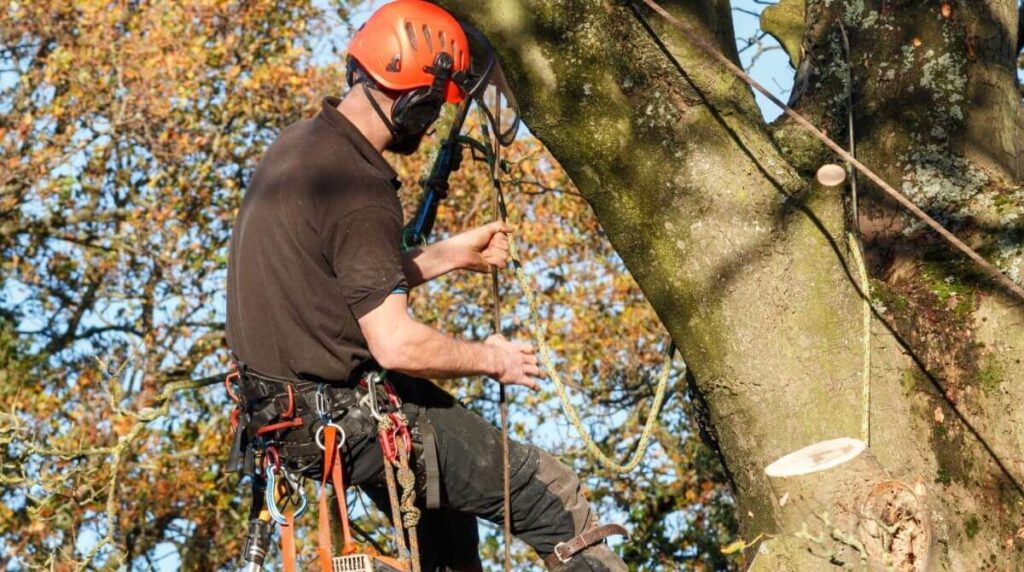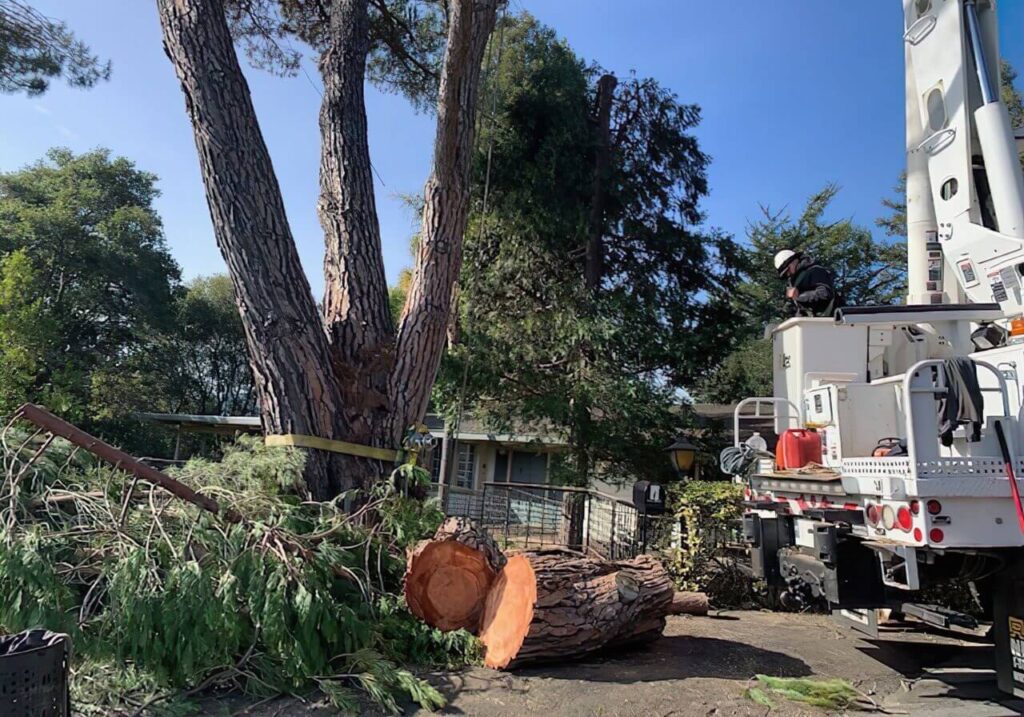Introduction
Searching for green waste removal near me is becoming increasingly important for homeowners and businesses looking to maintain clean and sustainable outdoor spaces. Green waste, including garden clippings, tree branches, and yard debris, can accumulate quickly and create hazards if not properly managed. Across Australia, from the Hills District to North Shore, Inner West, Blue Mountains, and Central Coast, professional green waste removal services provide efficient, eco-friendly, and reliable solutions. This article explores the benefits, processes, and considerations when hiring professional green waste removal services.
What Is Green Waste Removal
Green waste removal involves collecting, transporting, and responsibly disposing of organic yard waste such as grass clippings, leaves, branches, tree trimmings, and garden debris. Unlike general rubbish removal, green waste is often recycled or converted into mulch, compost, or biofuel. Professional services ensure that all waste is managed safely, efficiently, and in accordance with Australian environmental regulations.
Why Professional Green Waste Removal Matters
Hiring certified green waste removal services near me ensures that yard debris is properly handled without damaging your property or the environment. Attempting to dispose of large amounts of green waste yourself can be time-consuming and may violate local council regulations. Professionals provide quick removal, reduce risks of injury, and help maintain a tidy, hazard-free outdoor area.
Benefits of Green Waste Removal Services
Professional green waste removal offers several advantages:
- Keeps yards and gardens clean and organized
- Prevents fire hazards and pest infestations
- Supports eco-friendly recycling and composting
- Saves time and effort for homeowners
- Prepares spaces for landscaping or construction projects
By hiring green waste removal service, you contribute to sustainable waste management practices while maintaining a safe and attractive property.
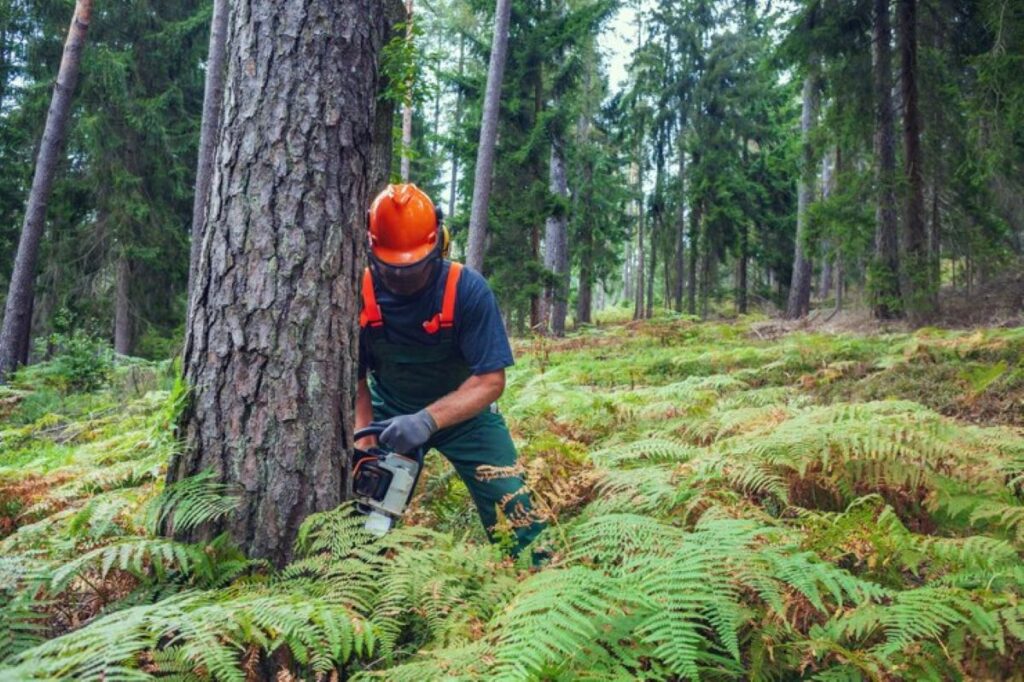
Green Waste Pickup and Disposal
Many local providers offer green waste pickup on scheduled days or as a one-off service. Collected waste is transported to recycling facilities or composting plants where it is repurposed into mulch, soil conditioners, or energy resources. Professional services ensure that green waste does not end up in landfills unnecessarily, supporting sustainable environmental practices.
Garden Waste Removal Services Near Me
When searching for garden waste removal near me, you can find local teams that handle yard maintenance for residential and commercial properties. Services include collecting fallen leaves, pruning debris, tree branches removal, and garden clippings. Local providers understand the specific environmental requirements and regulations in different Australian regions, ensuring compliance and safety.
Tree Branches Removal and Tree Chipper Services
Professional green waste removal often includes tree branches removal and tree chipper service. Large branches or limbs are processed into wood chips or mulch, which can be reused in gardens or landscaping projects. Chipper services reduce waste volume and allow for efficient disposal or recycling, maintaining clean outdoor spaces.
Green Waste Removal Cost Factors
The cost of professional green waste removal depends on factors such as:
- Volume and type of waste
- Accessibility of the property
- Frequency of service (one-off vs scheduled pickups)
- Location and distance from disposal facilities
- Additional services such as mulching or wood chipping
Transparent quotes from local companies ensure homeowners know exactly what to expect, avoiding unexpected fees.
Environmental Benefits of Green Waste Removal
Proper green waste management promotes sustainability. Recycling organic material into mulch or compost reduces landfill waste, conserves resources, and supports soil health. Eco-friendly practices help maintain biodiversity, protect native plants, and reduce carbon emissions. Choosing professional services ensures green waste is responsibly processed and benefits the environment.
Emergency and Bulk Green Waste Removal
Storms, bushfires, or large landscaping projects can generate significant green waste. Many providers offer emergency or bulk green waste removal services to clear debris quickly and safely. Rapid removal reduces fire hazards, prevents pest infestations, and restores safe access to properties. Local services can tailor solutions for immediate clean-up needs.
Choosing the Best Green Waste Removal Service Near Me
To select a reliable green waste removal service, consider the following:
- Experienced and insured operators
- Local knowledge and compliance with council regulations
- Positive customer reviews and references
- Transparent pricing and service options
- Additional services such as mulching, composting, or tree chipper services
- Flexible scheduling for one-off or ongoing services
Choosing the right provider ensures efficient, safe, and environmentally responsible green waste management.
Regional Green Waste Removal Services Across Australia
Different regions have unique challenges requiring specialised solutions:
- Green waste removal Hills District: Large gardens with heavy vegetation
- Green waste removal North Shore: Urban properties with limited space
- Green waste removal Inner West: Small yards requiring careful handling
- Green waste removal Blue Mountains: Bushfire-prone areas with fallen tree debris
- Green waste removal Central Coast: Coastal properties with wind-damaged branches
Local expertise ensures safe, timely, and compliant green waste removal across diverse Australian landscapes.
Conclusion
Professional green waste removal services are essential for maintaining clean, safe, and environmentally responsible outdoor spaces. From garden clippings and tree branches to bulk green waste and emergency clean-ups, certified local providers offer efficient, sustainable, and reliable solutions. By hiring experienced, insured, and eco-conscious services, homeowners and businesses across Australia can ensure their properties remain hazard-free, attractive, and compliant with environmental regulations.
Green waste removal involves collecting and responsibly disposing of organic yard waste such as leaves, branches, and garden clippings.
Costs depend on volume, accessibility, location, and additional services such as mulching or tree chipper services. Quotes are provided upfront.
Yes. Professional services recycle green waste into mulch, compost, or soil conditioners for eco-friendly landscaping.
Many providers offer rapid-response services after storms or large landscaping projects to quickly clear debris.
Look for insured, experienced local companies with positive reviews, flexible scheduling, and eco-friendly disposal practices.

